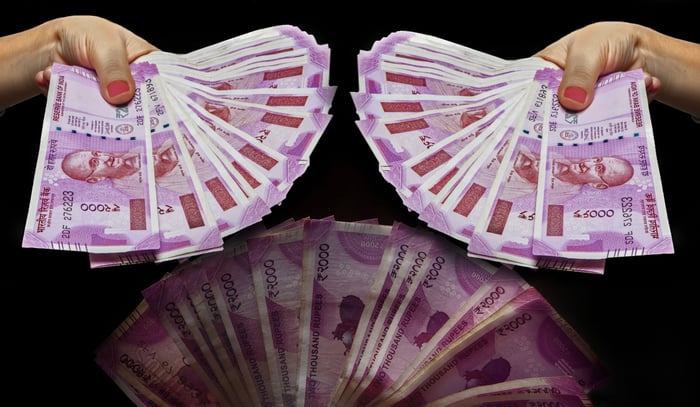walterbibikow
BANNED

- Joined
- Nov 12, 2022
- Messages
- 959
- Reaction score
- -4
- Country
- Location
Wealth inequality in India across states declined from 2019-21, and procurement and free distribution of rice and wheat are having a profound impact, particularly for the lowest wealth quintiles for low-income states, the latest report by SBI Research shows.
The report says studies in India have revealed that inequality declined during the pandemic. "In fact, the NBER study concludes that there was a decline in income of the rich attributable to the high sensitivity of business income to aggregate fluctuations," it adds.
Thus, in hindsight, the Covid-19 pandemic may have been a leveller in terms of inequality, with the poor getting protected through measures such as food transfers, the report finds. "IMF WP 2022 concluded that pandemic support measures by the government of India were critical in preventing extreme poverty in India and thereby prevented a rise in inequality, with food transfers."
"Taking a cue from wealth distribution, we went a step further to test the hypothesis of how the free food grain distribution is impacting the distribution of wealth on population quintiles for the poorest of the poor," writes Dr Soumya Kanti Ghosh, group chief economic advisor, SBI Research.
The impact of the share of rice procurement -- since Rice is still the staple food for most people in India -- was analysed for 20 states, and the percentage of wheat procurement was studied for 9 states.
The results showed that among "relatively laggard states" in terms of unequal distribution of wealth across different population quintiles, rice procurement and wheat procurement in such states had a significant impact on "reducing inequality". These states were Assam, Bihar, Chhattisgarh, Jharkhand, Madhya Pradesh, Odisha, Uttar Pradesh, Uttarakhand and West Bengal. "The impact of rice and wheat procurement on % population for lowest and second quantiles of wealth revealed a sharp decline in the percentage population in such quantiles of the population."
The report outlined that there are two ways in which the procurement of cereals is lowering inequality. "First, a higher procurement is benefitting the poorest of the poor in terms of subsequent free distribution of food grains. Second, the procurement may have also put money into the hands of smaller and marginal farmers, with a distributional impact. This also shows the procurement of cereals by the government over time may have become more efficient across states."
Interestingly, with food being provided free under the National Food Security Act, of 2013, the cost actually paid by the households for the quantity obtained from the Public Distribution System (PDS) will be zero. "This lower demand of cereals at market prices will concomitantly lower the mandi prices of cereals and this will have a sobering impact on the CPI food inflation," the note opines
Also, several government transfer payments for the poor are adding ₹75,000 to a household per annum. This shows that in the Indian context, it is an incorrect conjecture to assume that inequality has worsened during the pandemic, the report concludes. The progressive growth in output across states has reverberated and dovetailed into an inclusive growth, which shows India has done "quite well" during the pandemic in terms of navigating "income shocks" across deciles of population, says the report

Wealth inequality in India dipped during Covid; here’s how
SBI says among "relatively laggard states" in terms of unequal distribution of wealth, rice and wheat procurement had a major impact on "reducing inequality".
Food subsidies prevented rise in extreme poverty during COVID-19 in India: IMF Paper
World Bank President, David Malpass: The way India has provided help to the poor and needy people during the covid 19 pandemic crisis is extraordinary. Malpass, while releasing the Poverty and Mutual Prosperity Report, said that other countries should also take steps like India to transfer cash to the poor instead of massive subsidies. India was able to provide food and cash support to 85 per cent of the households in rural areas and 69 per cent of the households in the urban area which is remarkable
UNDP MPI report says 415 million people lifted out of poverty in India between 2005-06 and 2019-21
Last edited:

